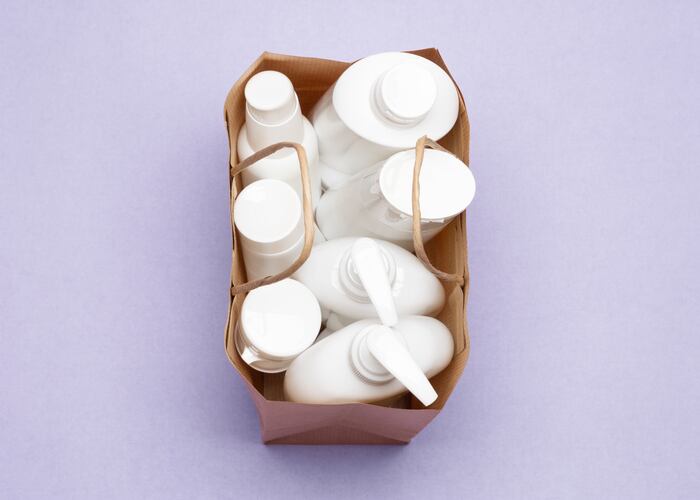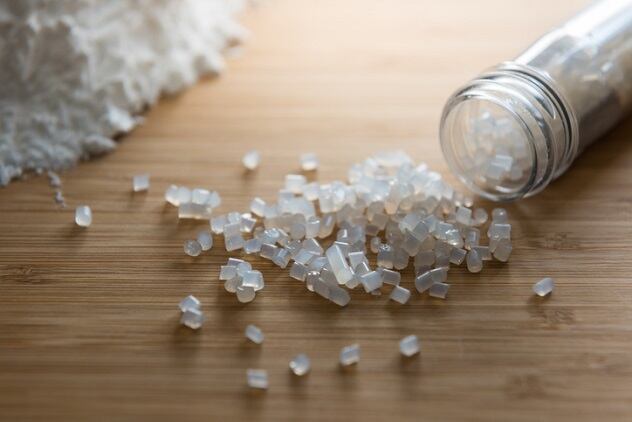The US-UK headquartered analytics and insights firm released its ‘From the Plastics Present to a Sustainable Future’ report last week, investigating the level of innovation in bioplastics through a scan of global patent applications in the Derwent World Patents Index (DWPI).
Findings showed 40% of all bioplastic inventions were held by organisational applicants through just one single invention; only 7% of patent applicants across the food, beverage and cosmetics space held ten or more inventions. Filings included rice starch containers and edible food wrappers
“Bioplastics is still a relatively small and nascent market; it’s global production of 2.11 million tons last year is just a fraction of the more than 359 million tons of plastic produced annually today,” said Clarivate Analytics.
Overall, innovation in the bioplastics field remained “very immature”, it said, with no company or entity holding a dominant or competitive advantage.
But the report said that where there was immaturity, there was opportunity. “…With no dominant player at present, the bioplastics market is still very much up for grabs.”
Bioplastics for cosmetics ‘particularly poorly covered’
The report found cosmetics packaging had the lowest number of bioplastic patent filings – 137 since 2012 according to the DWPI versus 1,510 in food and 757 in beverage. There was also no indication of increased innovation rates when compared to food and beverages; just 39% of bioplastic cosmetics packaging patents were filed after 2015 versus 58% in food and 55% in beverages. “Innovation focused on cosmetics uses is particularly poorly covered,” Clarivate Analytics said.
Ed White, head of analytics at Clarivate and co-author of the report, said this was somewhat surprising, particularly given consumer pressures around sustainability.
“We found that one particular area of focus existed in our data set – single-serving coffee pods. Our hypothesis was that consumer choice and competitive pressure would be more acute in product categories that are more consumer discretionary. Extending this hypothesis to the cosmetics and personal care space, a field that has a potentially higher level of luxury or high expense items, we would potentially expect a higher competitive pressure to innovate and get less harmful packaging onto the market,” White told CosmeticsDesign-Europe.
So, why weren’t we seeing high levels of innovation in the field? “Some of the product profiles and requirements in the cosmetics space have potentially more difficult technical problems to solve,” he said.
The shelf-life of cosmetic products, for example, far outstretched that of fresh foods and many other products, therefore packaging had to be designed to last and degrade much slower.
Sustainable alternatives already out there?
White said another theory on the lack of bioplastics innovation in cosmetics could be that other sustainable alternatives were already on the market or in the pipeline.
“Much cosmetic packaging may already be supplied in currently recyclable containers – cardboard, paper and existing recyclable plastics – and therefore have a lessened need for replacement with an alternative material,” he said.
“…Bioplastics are but one part of the solution, and by no means a silver bullet. Where alternatives such as paper and cardboard or indeed no package work, they will likely be taken up.”
Similarly, many of the patents identified by Clarivate Analytics could prove suitable for some cosmetic and personal care applications but just not specify this, White said. “Not every patent has to explicitly mention all of the potential uses of the packaging material. We see this in many patents where product categories are diverse – toothpaste, beverages, dishwashing agents etc.”
Bioplastics promise requires upstream, downstream knowledge
White said most bioplastics innovation for cosmetics and food packaging typically came from high up the packaging supply chain – from materials and equipment suppliers and packaging specialists. And whilst this made sense, he said it would “be worthwhile” for brands to also explore options and take a closer look at supply chains.
Beyond seeking out alternative materials that could be incorporated into finished product designs, he said they could also assess the level of innovation their suppliers were investing in. “Investigating patent activity is a good method for achieving that level of downstream product and material pipeline knowledge.”
Designing and bringing to market cosmetics packaging with a lower environmental impact and higher level of recyclability clearly was “not the sole responsibility of cosmetic manufacturers”, he said, but required a broad input in conjunction with upstream and downstream partners.
The level of bioplastic innovation and when we might see more of it in cosmetics, however, remained hard to determine, White said. “Compostable plastics are already being taken up in applications where strength of the material is not a factor – wrappings and coverings, for example. Uses that have more design factors and trade-offs to overcome will likely need to wait for the technology to catch up or for consumer sentiment to be at such a level that the market is willing to cope with reduced function.”


